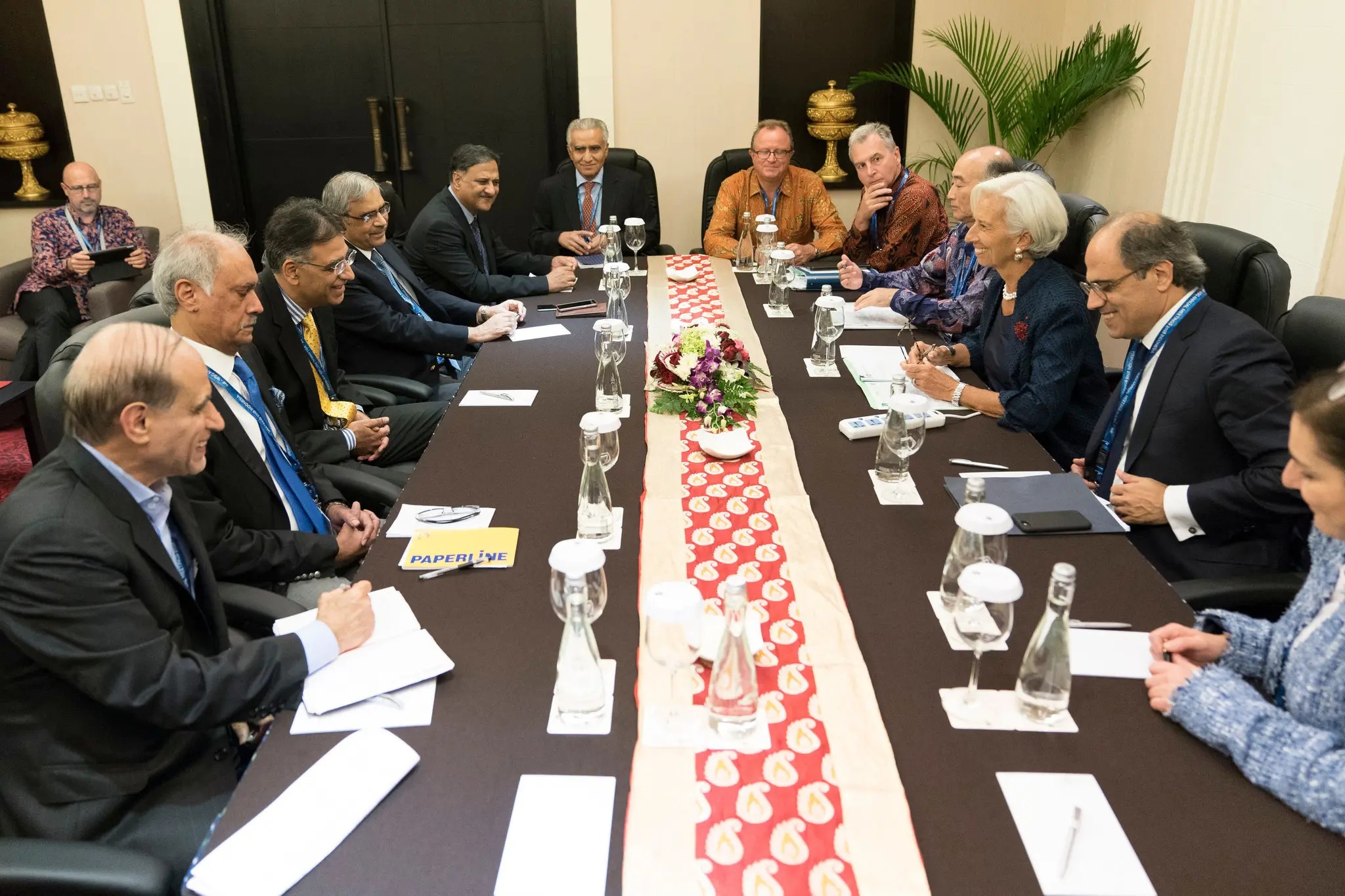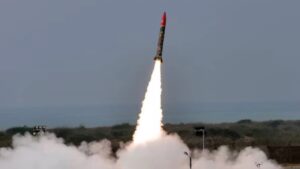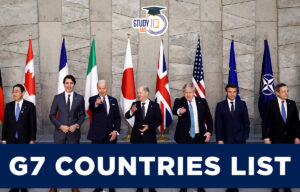Table of Contents
International Monetary Fund (IMF) formally sanctioned a loan for Pakistan in May 2025, sanctioning a disbursement of $1 billion out of its bailout package worth $7 billion. This was as declared by the government of PM Shehbaz Sharif, who welcomed the news, citing the development as a harbinger of economic growth. Nevertheless, the action prompted heated debate all over the world, particularly in light of the recent Indian stern opposition on terrorism issues.
What is the IMF Loan to Pakistan?
The IMF loan to Pakistan is part of the Extended Fund Facility (EFF) aimed at stabilizing the Pakistan economy, which has been under severe strain due to:
-
High inflation and currency devaluation
-
Shortage of foreign reserves
-
Debt servicing challenges
-
Structural inefficiencies in governance and fiscal management
| Detail | Information |
|---|---|
| IMF Loan Approved | $1 Billion |
| Total IMF Bailout for Pakistan | $7 Billion |
| Total Disbursed So Far | $2 Billion |
| Approval Date | May 9, 2025 |
| Facility Type | Extended Fund Facility (EFF) |
| Purpose | Economic stabilization, fiscal reform |
| Pakistan Leadership | PM Shehbaz Sharif |
| India’s Response | Strong opposition at IMF board |
| Next IMF Meeting | Updates awaited |
Why Does Pakistan Need IMF Support?
Pakistan has been facing a severe economic crisis marked by:
-
High inflation and rising food and fuel prices
-
Dwindling foreign exchange reserves
-
A ballooning trade deficit
-
Heavy reliance on external debt and remittances
-
Weak tax base and low revenue generation
Key Objectives of IMF Support:
-
Promote fiscal discipline
-
Implement monetary tightening
-
Strengthen anti-corruption mechanisms
-
Enhance governance and institutional capacity
IMF Pakistan Loan Breakdown
| Particulars | Details |
|---|---|
| IMF Program | Extended Fund Facility (EFF) |
| Total Loan Amount | $7 Billion |
| Approved Loan for Pakistan 2025 | $1 Billion (May 2025) |
| IMF Pakistan Disbursed So Far | $2 Billion |
| Program Purpose | Stabilize economy, fiscal reform |
| IMF Pakistan News Update | Approved latest tranche in May |
India’s Strong Opposition to the IMF Loan
Major Concerns Raised by India:
- Financing for Terror– India worries that fungible IMF money would find its way towards state-backed terror, primarily to target Jammu and Kashmir.
- Military’s Dominance in Pakistan’s Economy– Pakistan’s strong military exercises significant dominance over its economic and foreign policy. India contends IMF money may indirectly strengthen the military-industrial complex.
- Recurring IMF Failures in Pakistan– Pakistan has borrowed IMF loans 23 times since 1988. India pointed out that structural reforms have seldom been effectively put into place, which questions the effectiveness and responsibility of repeated bailouts.
- Global Reputational Risk– Standing up for a nation accused of cross-border terrorism discredits worldwide financial standards and subjects institutions such as the IMF to reputational loss.
Timeline of Pakistan’s IMF Bailouts
| Year | Program | Amount |
|---|---|---|
| 1988–2001 | Multiple SBA and EFF programs | ~$4 Billion |
| 2008 | SBA (Stand-By Agreement) | $7.6 Billion |
| 2013 | EFF for economic reforms | $6.6 Billion |
| 2019 | $6 Billion IMF program | $6 Billion |
| 2023 | 9-month Stand-by Arrangement (SBA) | $3 Billion |
| 2025 | EFF Restarted under Shehbaz Sharif | $7 Billion |
Global Reactions on IMF Approving Loan for Pakistan
| Country/Organization | Position |
|---|---|
| India | Opposed strongly at IMF Board |
| China | Silent support; major investor in Pakistan |
| USA | Mixed; wants Pakistan to contain China |
| GCC Countries | Supportive due to Pakistan ties |
| IMF Board Members | Divided; approved by majority vote |
| FATF | Monitoring fund usage strictly |
Economic Impact of IMF Fund to Pakistan
Positive Outcomes (Short-Term)
-
Strengthened rupee vs dollar
-
Boost to import capability
-
Increased multilateral aid post-approval
-
Restored confidence in markets
Negative Risks (Long-Term)
-
Soaring external debt
-
IMF-imposed austerity leads to price hikes
-
No real growth without reform execution
-
Risk of another bailout cycle in 3–5 years
Conclusion
The IMF bailout of Pakistan in 2025 can stabilise the country’s weak economy in the long run. Yet, true change hinges on profound structural reforms and responsibility. In their absence, the Pakistan IMF bailout cycle will persist, increasing geopolitical tensions, particularly with India’s persistent protests.
In such a convoluted geopolitical game, IMF headlines are more than about figures; they represent world strategic alignments, donor exhaustion, and the weakness of developing economies during an era of economic, political, and regional instability.


 List Of Top 10 Air Defence Systems In Th...
List Of Top 10 Air Defence Systems In Th...
 Pakistani Fatah-1 Missile Intercepted Ov...
Pakistani Fatah-1 Missile Intercepted Ov...
 G7 Countries call for Immediate De-escal...
G7 Countries call for Immediate De-escal...





















